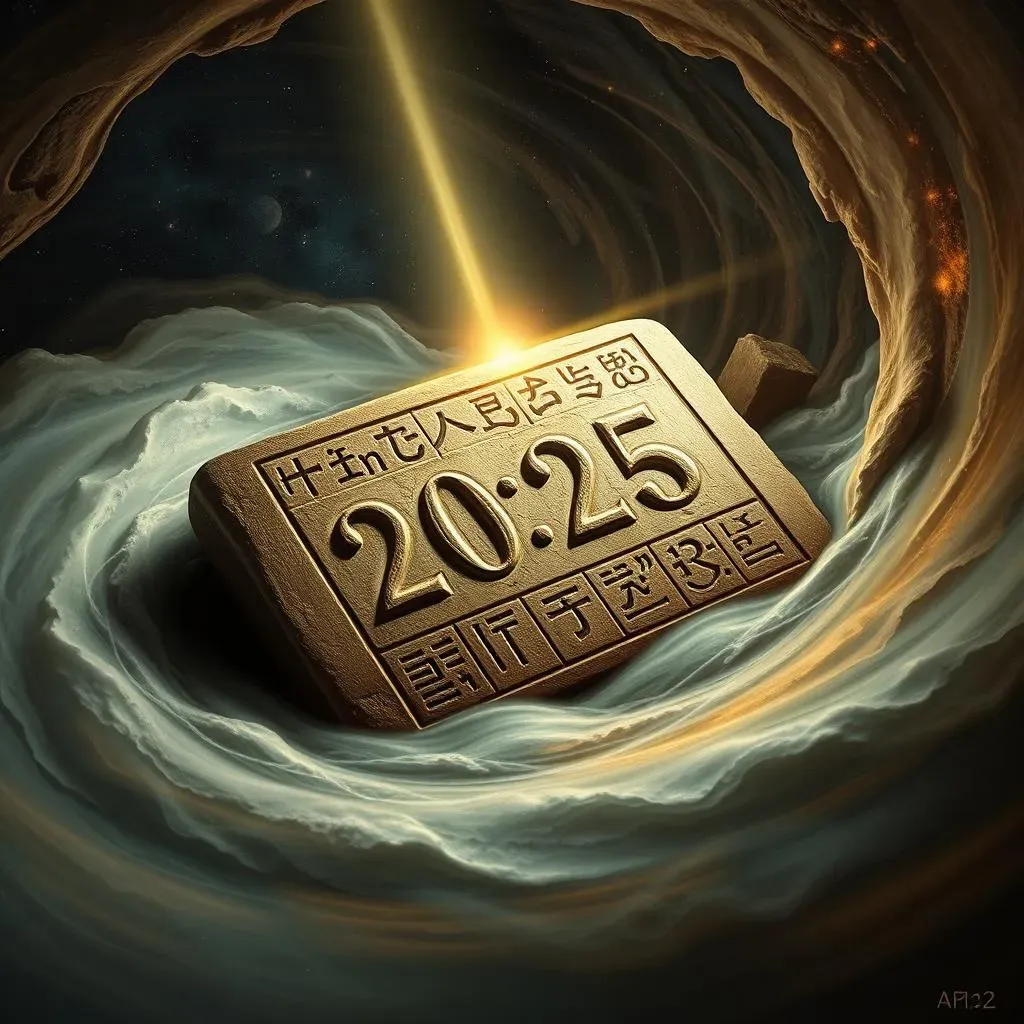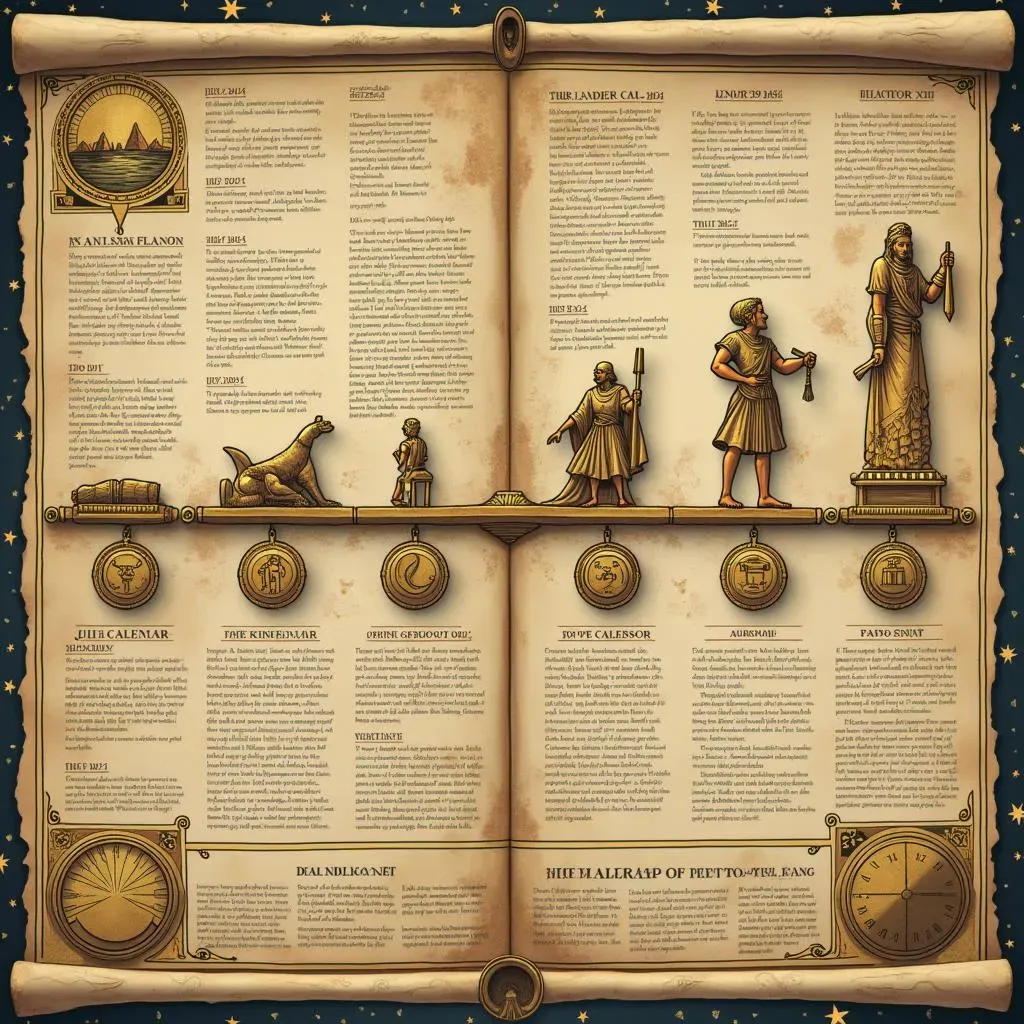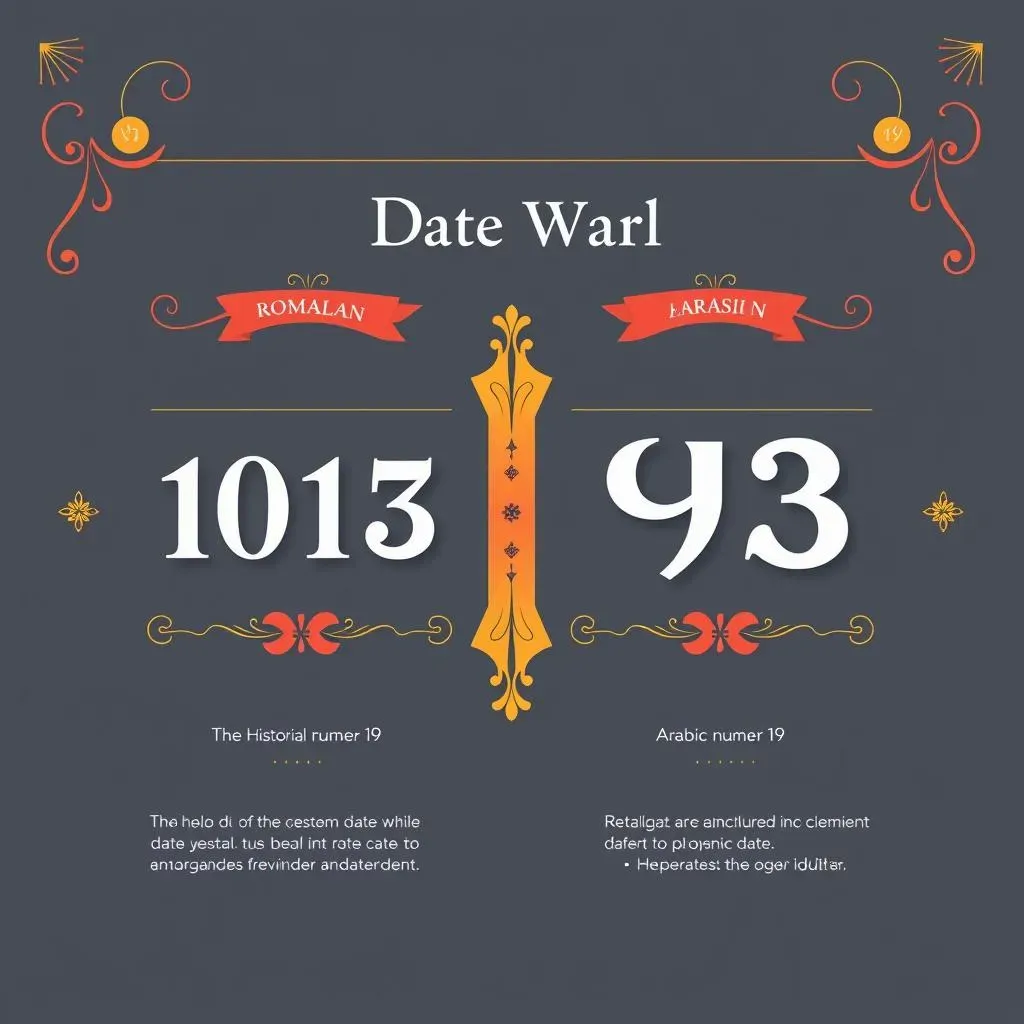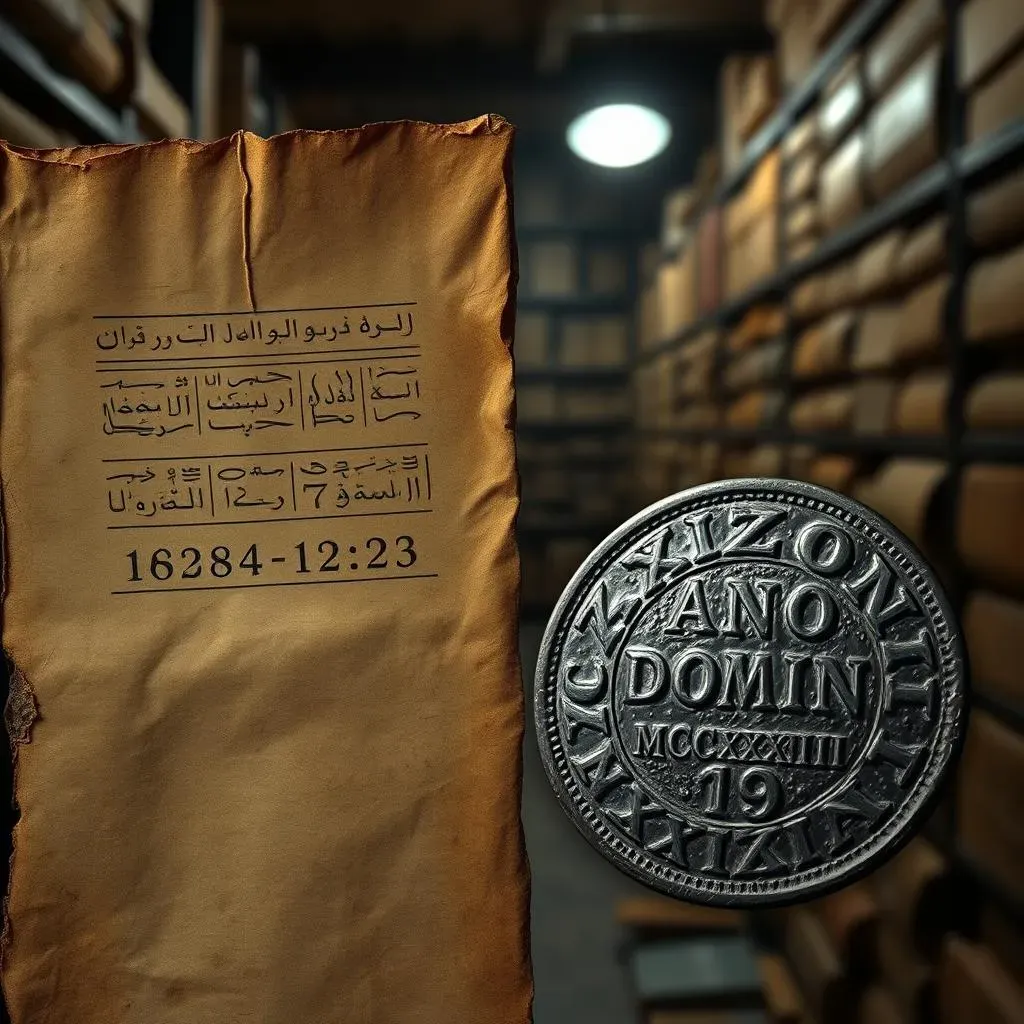Table of Contents
Ever wondered which date is the earliest one we've actually written down? It sounds like a simple question, but it gets tricky fast. Think about it: we use the Gregorian calendar now, but what did people use way back when? This article will take you on a journey through time, looking at different ways people have kept track of the days. We'll explore ancient calendars like the Julian calendar and even touch on how different number systems, like Roman and Arabic numerals, play a part in figuring out which date came first. Get ready to untangle some history and maybe even surprise yourself with what counts as the "earliest" date!
Which Date Is the Earliest We Can Find?

Which Date Is the Earliest We Can Find?
Digging into Date History
So, you're wondering which date is the earliest we can find? That's a cool question! It's like being a detective, but instead of solving crimes, we're solving time. When we talk about the "earliest" date, it really depends on what we mean by "date" and how people wrote things down way back when. Think about it: did cave people have calendars on their walls? Probably not!
Calendars and Counting: Not Always the Same
For a long time, people didn't have calendars like the ones we use today. Instead of writing down "January 3rd, 2025," they might have said something like "the year the big tree fell" or "in the tenth year of King Whoever's rule." It's a bit like trying to find the first page of a book when the pages aren't numbered. We have to look for clues to figure out what came first.
Ancient Records: Our Time Machines
Luckily, some ancient civilizations did keep pretty good records. The Egyptians, for example, wrote on papyrus, a kind of early paper. They even had ways of tracking years, though it wasn't exactly like our calendar. Finding the absolute earliest date is a puzzle because different cultures had different ways of counting time. It’s like trying to compare apples and oranges – both are fruit, but they’re not the same!
Early Calendars: Which Date Comes First?

Early Calendars: Which Date Comes First?
Gregorian and Julian: A Tale of Two Calendars
So, when we talk about early calendars, it's easy to get lost in the weeds. Ever heard of the Gregorian calendar? That's the one most of the world uses now, the one that starts with January and ends with December. But it hasn't always been that way! Before the Gregorian calendar showed up in 1582, there was the Julian calendar. Julius Caesar, yes, *that* Julius Caesar, gets the credit for that one way back in 45 BC. That's a whole lot of years ago!
Think of it like this: the Julian calendar was like the first version of a video game. It was pretty good for its time, but it had a few glitches. Over centuries, those little errors added up, and the calendar started getting out of sync with the seasons. That's why Pope Gregory XIII decided it was time for an upgrade, and bam! The Gregorian calendar was born. So, if you're looking for a really early date on a calendar we'd kind of recognize, the Julian calendar is a good place to start.
Beyond the Romans: Even Older Timekeeping
But hold on, even the Julian calendar isn't the absolute beginning! Long before the Romans were keeping track of time, other civilizations had their own ways of doing things. The Egyptians, for instance, had a calendar based on the flooding of the Nile River – super important for their farming! And guess what? They were recording dates way before Julius Caesar was even a twinkle in his grandpa's eye.
It gets even more interesting. The earliest *possible* date you could write down using the Gregorian calendar is way back in 1582. But if you're talking about the Julian calendar? You could theoretically go all the way back to January 1st, in the year 1 (which was 45 BC in our timeline). Now, whether anyone actually wrote down that *exact* date back then is another story. It's like finding a really old treasure map – the map might be there, but the treasure could be long gone!
Arabic or Roman Numerals: Which Date System Is Older?

Arabic or Roman Numerals: Which Date System Is Older?
Now, let's talk numbers! When we see old dates, they're often written in Roman numerals. You know, those letters that look like fancy math: I, V, X, L, C, D, M. The Romans were big on these, and they used them for everything, including writing down the year. Think of cornerstones on old buildings or the copyright date at the end of a movie – still kicking it old school sometimes! But then there are Arabic numerals – the 1, 2, 3s we use every day. So, which came first in the dating game?
RealLife Examples: Pinpointing Which Date Is Truly the Earliest

RealLife Examples: Pinpointing Which Date Is Truly the Earliest
Alright, enough calendar talk, let's get real. Where can we actually *see* these super old dates? Forget your phone's calendar app; we're talking ancient artifacts. Think dusty old scrolls or carvings on stones. For instance, there's a cool papyrus from Egypt that's like a receipt for selling a slave. Cheerful stuff, I know, but it's dated way back to June 20th, 688 BC. That's a specific day, people, not just "around the time of the pyramids." Then you've got this stela – basically a big stone slab – that mentions Princess Nitorcis hitting the road on March 2nd, 656 BC. Who knew princesses had such detailed travel logs?
But even those dates aren't necessarily the absolute earliest for *everything*. Coins, for example, can have dates on them. The "1234 Roskilde Denier" coin is pretty famous because it doesn't use fancy Islamic script and actually has the year "1234" written in Roman numerals (ANNO DOMINI MCCXXXIIII, for the record). Before that, you'd often see dates based on who was in charge at the time – like "in the third year of Emperor Tiberius's reign." It's like your parents saying, "Back in my day," but for entire empires.
